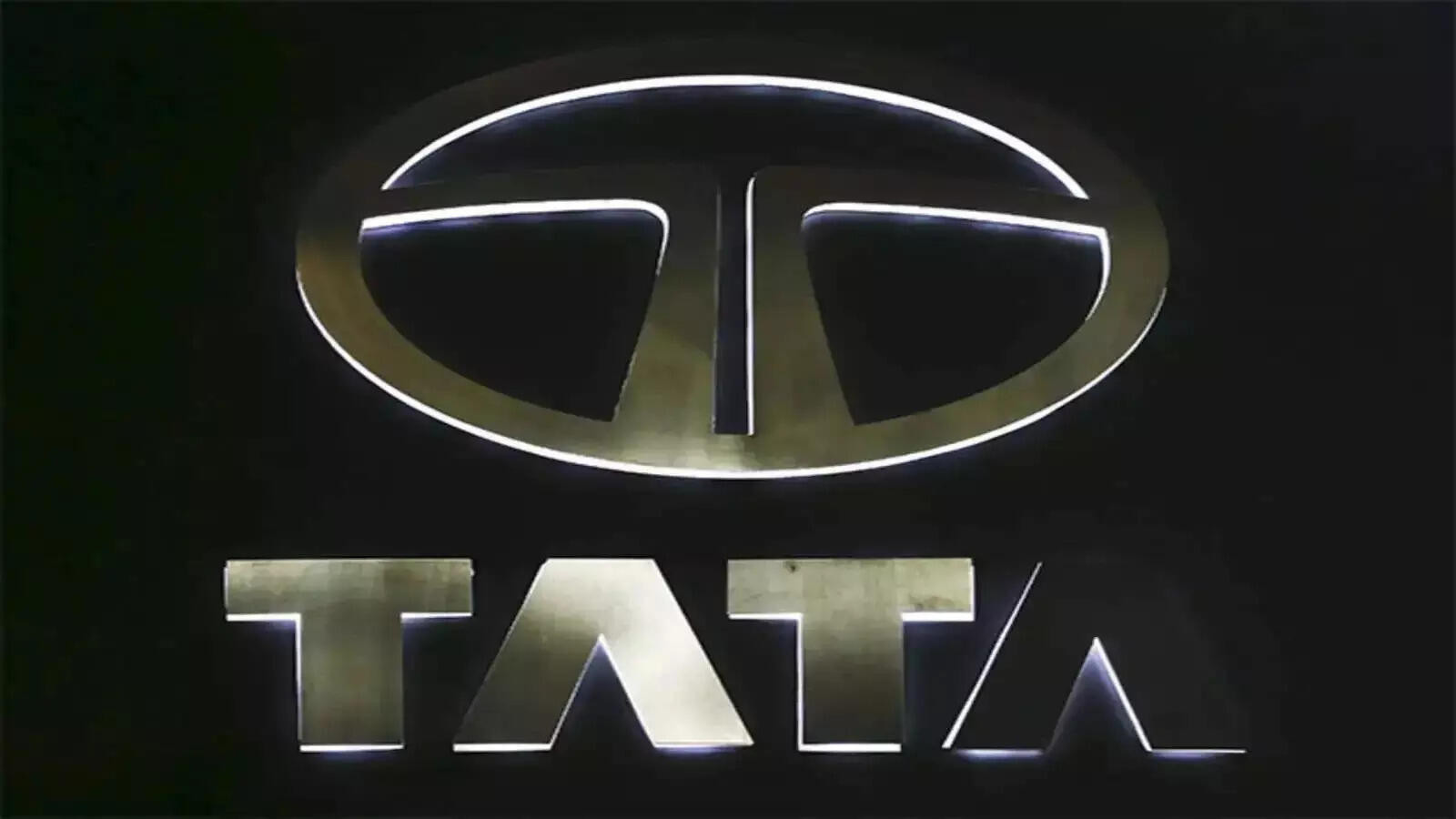US stocks surged to new highs following a trade agreement between the US and Japan, which reduced tariffs and boosted investor confidence. The deal sparked rallies in Japanese car stocks and European markets. While some companies reported mixed earnings reactions to existing tariffs, optimism prevails with hopes for further trade deals and strong tech earnings.
When Giants Agree: Decoding the US-Japan Trade Pact and Its Ripple Effects
Remember that feeling of global economic anxiety hanging in the air? It seems to be dissipating, at least for now, thanks to a fresh breeze blowing in from across the Pacific. The United States and Japan, two economic powerhouses, have finally ironed out a significant trade deal, sending a wave of optimism through Wall Street and beyond. But what does this agreement really mean, and how might it affect you?
The immediate reaction was palpable. Stock markets surged, hitting new highs as investors breathed a collective sigh of relief. It’s a powerful signal that markets crave stability and predictability, and this deal provides both, at least in the short term. The core of the agreement revolves around tariff reductions and improved market access for both nations. For American farmers, this is particularly welcome news. Think about those Midwestern soybean farmers who’ve been facing headwinds in recent years. The deal promises a fairer playing field in the Japanese market, allowing them to compete more effectively against producers from other countries.
But it’s not just about agriculture. The agreement also tackles digital trade, ensuring that the flow of data and digital services between the two countries remains unfettered. In today’s interconnected world, this is crucial for fostering innovation and growth. Imagine the countless software developers, e-commerce businesses, and tech startups that rely on seamless data exchange. This deal helps to secure their access to a vital market and vice versa.
<img src="image-us-japan-trade.jpg" alt="Illustration depicting the flags of the US and Japan intertwined, symbolizing the strengthening US-Japan trade relationship.”/>
What’s In It For Japan?
While much of the initial focus has been on the benefits for the US, the deal also offers significant advantages for Japan. Japanese manufacturers, for instance, will gain easier access to the American market for certain goods. This could lead to increased production and job creation in Japan, further boosting its economy. Moreover, the agreement strengthens the already deep economic ties between the two nations, creating a more stable and predictable environment for businesses on both sides of the Pacific.
Beyond the Headlines: The Bigger Picture
This US-Japan trade pact is more than just a bilateral agreement; it sends a powerful message to the rest of the world. In an era of increasing protectionism and trade tensions, this deal demonstrates that countries can still find common ground and work together to promote economic growth. It serves as a reminder that trade can be a win-win situation for all parties involved.
The timing of this deal is also significant. With the global economy facing numerous challenges, including inflation and supply chain disruptions, this agreement provides a much-needed boost of confidence. It suggests that the world’s major economies are committed to working together to address these challenges and to fostering a more stable and prosperous future. How this relates to existing trade agreements like the CPTPP, which the US withdrew from, remains to be seen and is a discussion for another time. However, this deal is not a replacement.
Potential Challenges and Long-Term Implications
Of course, no trade deal is perfect, and this one is no exception. There are potential challenges that could arise in the future. For example, some industries in both countries may face increased competition from imports, requiring them to adapt and innovate to remain competitive. Additionally, the agreement will need to be carefully monitored and enforced to ensure that all parties are adhering to its terms.
And we must also be realistic. This deal is a positive step, but it’s not a panacea. It won’t solve all of the world’s economic problems overnight. However, it does represent a significant step in the right direction, and it provides a solid foundation for further cooperation between the US and Japan in the years to come.
The US-Japan trade agreement is a complex and multifaceted issue with far-reaching implications. It’s a testament to the power of diplomacy and the importance of international cooperation. As the world becomes increasingly interconnected, such agreements will become even more crucial for fostering economic growth and stability. Now, attention shifts to implementation and realizing the promised benefits of this landmark agreement, ensuring its positive impact resonates across industries and borders. To learn more, explore other articles on our site about international economics.







